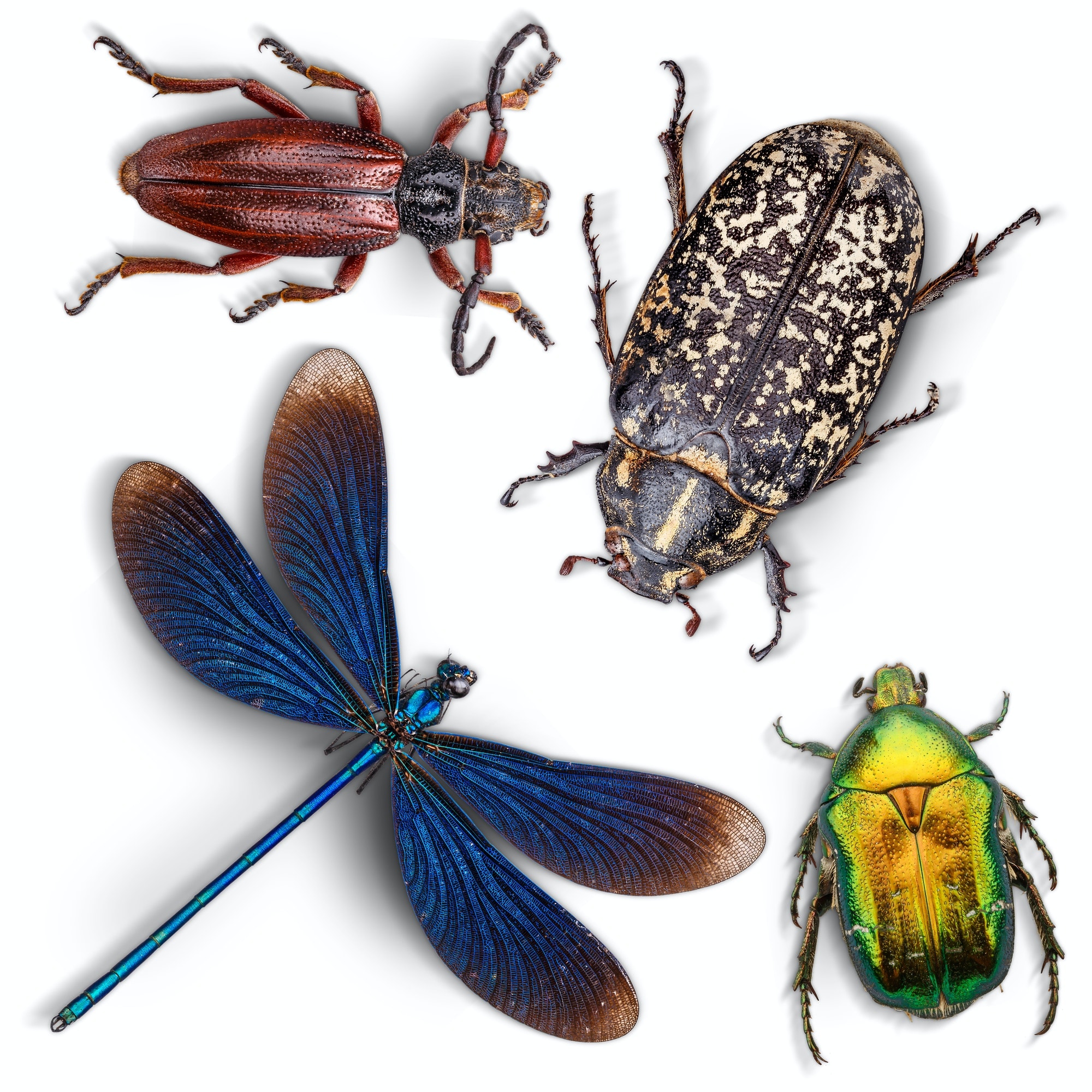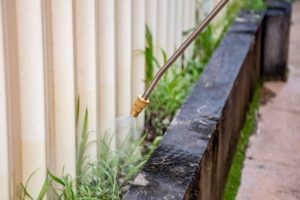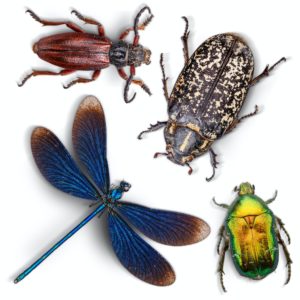It’s easy to assume that every bug crawling through your home is a problem that needs to be eliminated. However, not all insects found indoors are harmful. While some clearly fall under the category of pests, others may be neutral or even beneficial. Knowing the difference can help you avoid unnecessary treatments and support a healthier balance in your home’s ecosystem.
Understanding insect behavior and biology is essential when deciding whether to take action. Some insects pose health risks, cause damage to property, or indicate larger infestations. Others might be accidental visitors or natural predators of the pests you’re trying to eliminate. This article explores the key distinctions between harmful and harmless insects and when professional assistance becomes the smartest option for pest control.
Insects That Are Considered Pests
Certain insects are classified as pests due to the direct harm they can cause to your health, property, or comfort. These are the bugs that need to be addressed quickly and thoroughly to prevent damage or recurring infestations.
- Cockroaches: These pests are known to carry bacteria and allergens. They thrive in kitchens, bathrooms, and hidden cracks and can contaminate food surfaces.
- Ants: While not all ants are dangerous, many species will invade kitchens and pantries in search of food, creating difficult-to-eliminate colonies.
- Bed Bugs: These blood-feeding insects hide in furniture and mattresses and can cause itchy welts and anxiety due to their persistence.
- Spiders: Most spiders are harmless, but some species found indoors can bite and may require attention if present in large numbers.
- Wasps: While technically not insects that dwell long-term indoors, wasps nesting near or inside wall voids pose a significant threat, especially to those with allergies.
These insects often require specific treatment plans that go beyond surface-level solutions. Left unaddressed, they can multiply quickly and compromise both hygiene and peace of mind.
Beneficial or Neutral Insects in Your Home
Not every insect that wanders indoors should be labeled a pest. In some cases, their presence might be accidental or even helpful in controlling other insects. Understanding their roles can help you decide whether they should be removed or left alone.
- Ladybugs: Known for eating aphids, these are beneficial insects that may occasionally enter homes during cooler months.
- House Centipedes: While alarming in appearance, centipedes help control populations of ants, roaches, and other small pests.
- Crane Flies: Often mistaken for large mosquitoes, these insects do not bite and are generally harmless.
- Earwigs: Though sometimes unsettling, earwigs are primarily outdoor insects and rarely pose a threat indoors.
These insects typically do not require extermination unless their numbers become overwhelming. Many of them are accidental intruders that cannot survive long indoors.
Seasonal Visitors and Hibernate-Prone Insects
In some regions, certain insects are more likely to enter homes as temperatures drop. These seasonal visitors may hibernate in warm indoor spaces and emerge during unexpected times. While not necessarily pests, they can still create inconvenience for homeowners.
- Boxelder Bugs: Known for gathering near windows in the fall. They don’t bite or cause damage, but can appear in large numbers.
- Cluster Flies: These insects may hibernate in attics or walls and emerge on warmer winter days.
- Stink Bugs: Harmless but notorious for their odor when crushed or disturbed.
- Paper Wasps: May overwinter in attics and wall voids, becoming active again in spring.
For more insights, check out this article on what insects can hibernate. These insects may not need immediate pest control, but sealing entry points and managing overwintering behavior can reduce surprise encounters.
When Insects Pose Health Risks
Even insects that appear harmless can sometimes carry risks, particularly if they bite, sting, or trigger allergies. It’s important to monitor reactions and patterns if you or your family are experiencing unexplained skin irritation, respiratory discomfort, or signs of contamination.
- Mosquitoes indoors: Can carry disease and breed in standing water found in basements or clogged drains.
- Fleas: Often introduced by pets, they reproduce rapidly and bite both humans and animals.
- Spiders: Though most bites are mild, some may require medical attention if swelling or severe symptoms follow.
If you’re unsure whether a bite or sting is from a dangerous insect, this guide on first aid for bites explains what to look for and how to respond. Identifying the cause is often the first step toward effective prevention.
Determining When to Act
Understanding which insects are pests and which are harmless visitors helps you make smarter decisions about treatment. However, even small infestations of harmless insects can indicate a larger issue. For example, centipedes and spiders often appear when other insects are abundant, which may signal a deeper problem.
If you consistently see insect activity in the same areas of your home, or if any bug population begins to grow, professional assessment may be the best course of action. Experts can determine whether you’re dealing with a true pest infestation, identify hidden access points, and recommend treatment options that are safe and targeted.
Choosing not to react to every insect sighting is reasonable, but knowing when a situation needs professional attention ensures your home stays safe, clean, and comfortable.
If you’re seeing more insect activity than usual or are unsure whether you’re dealing with pests or harmless intruders, it may be time for an expert evaluation. Contact Peak Pest Control for a thorough inspection and guidance tailored to your home’s needs.










